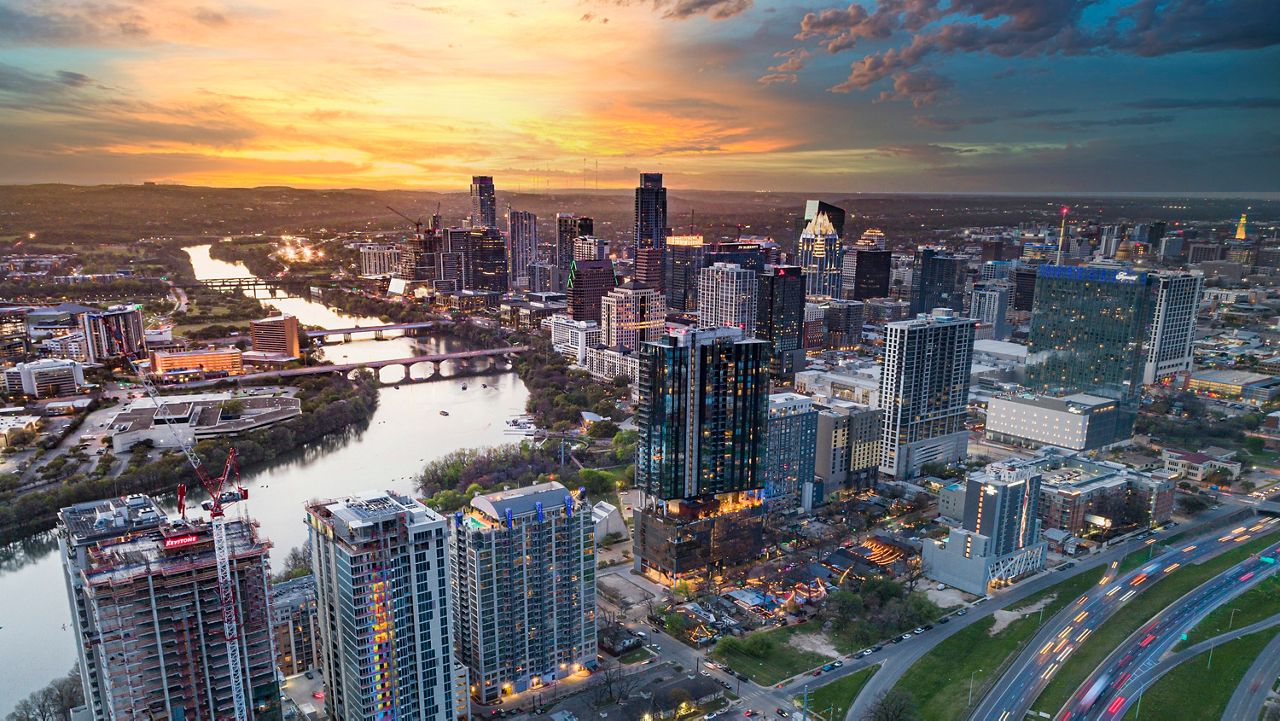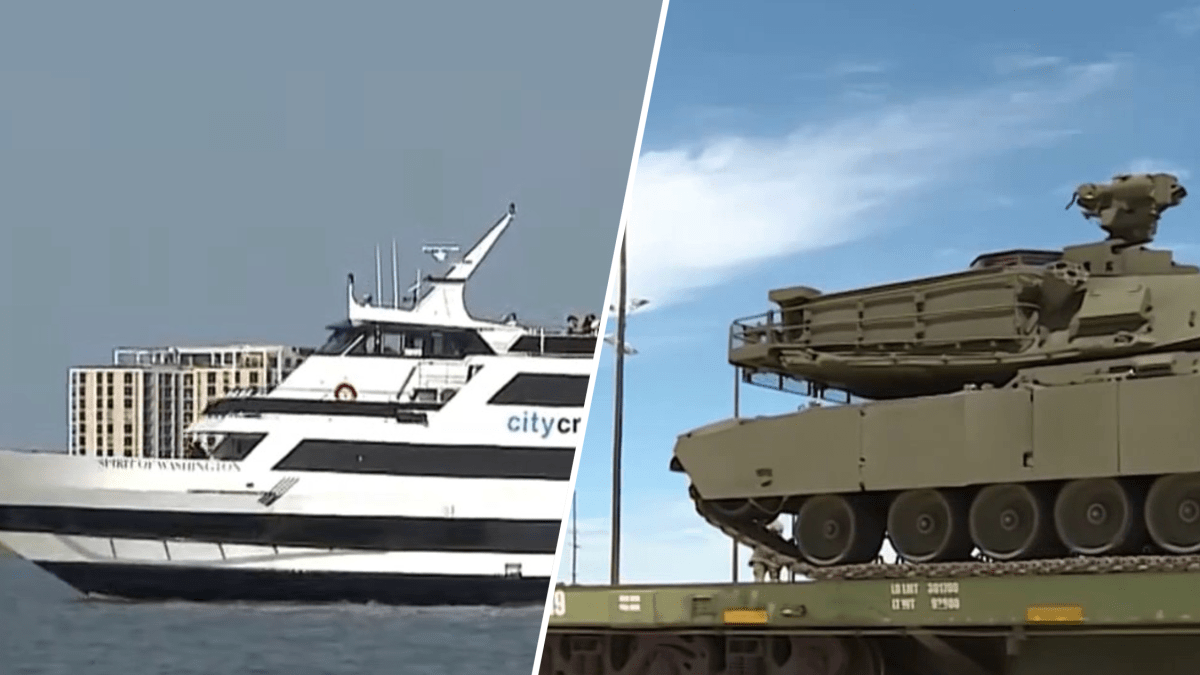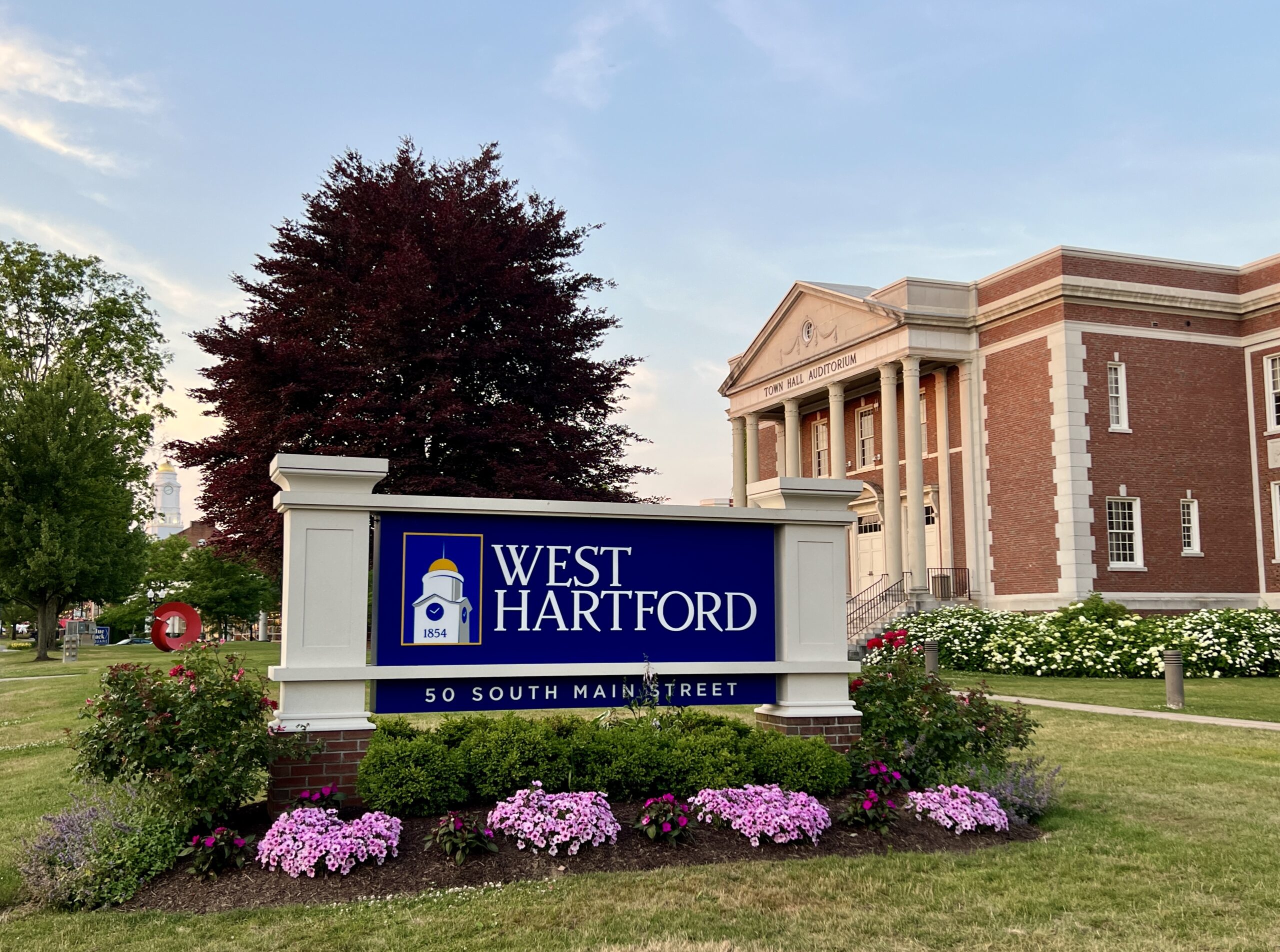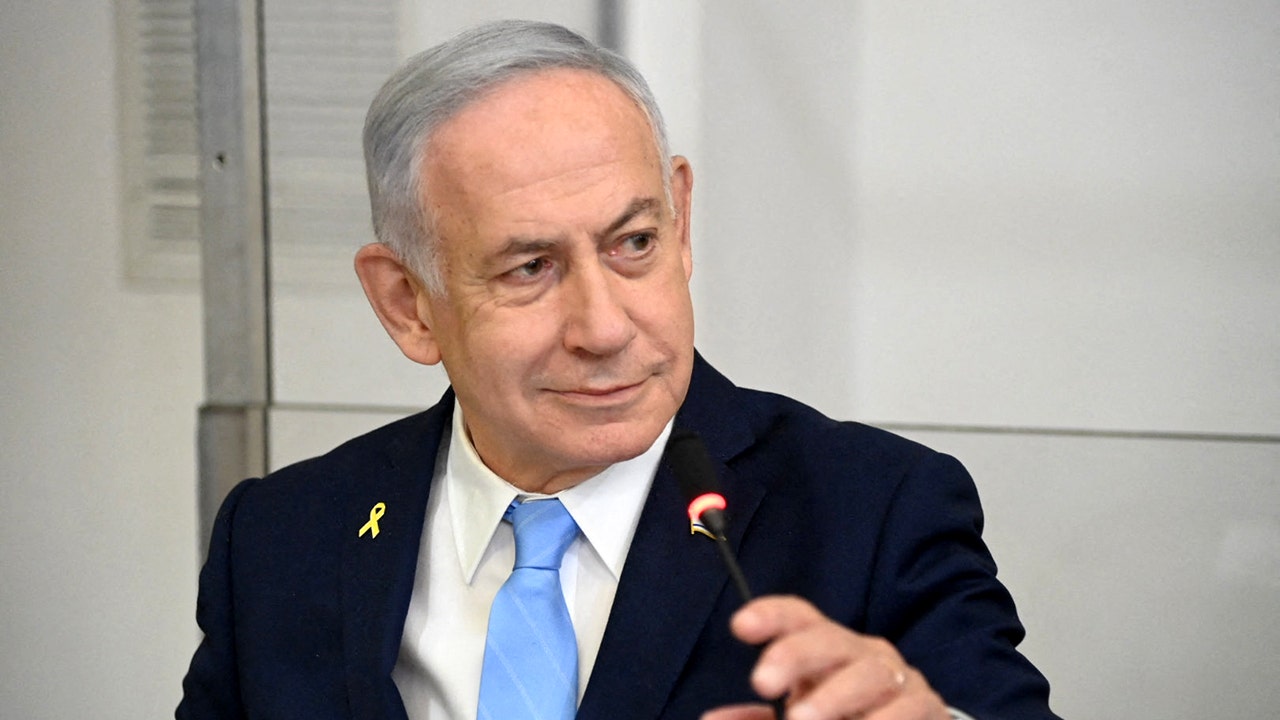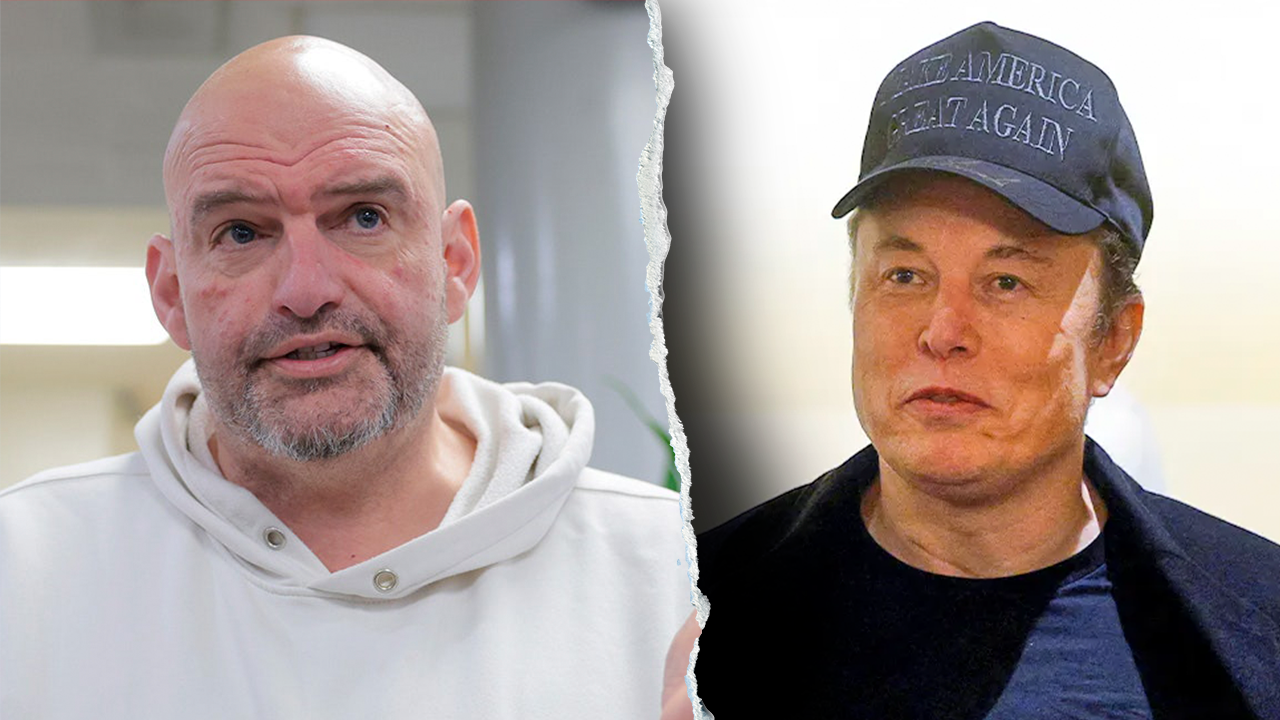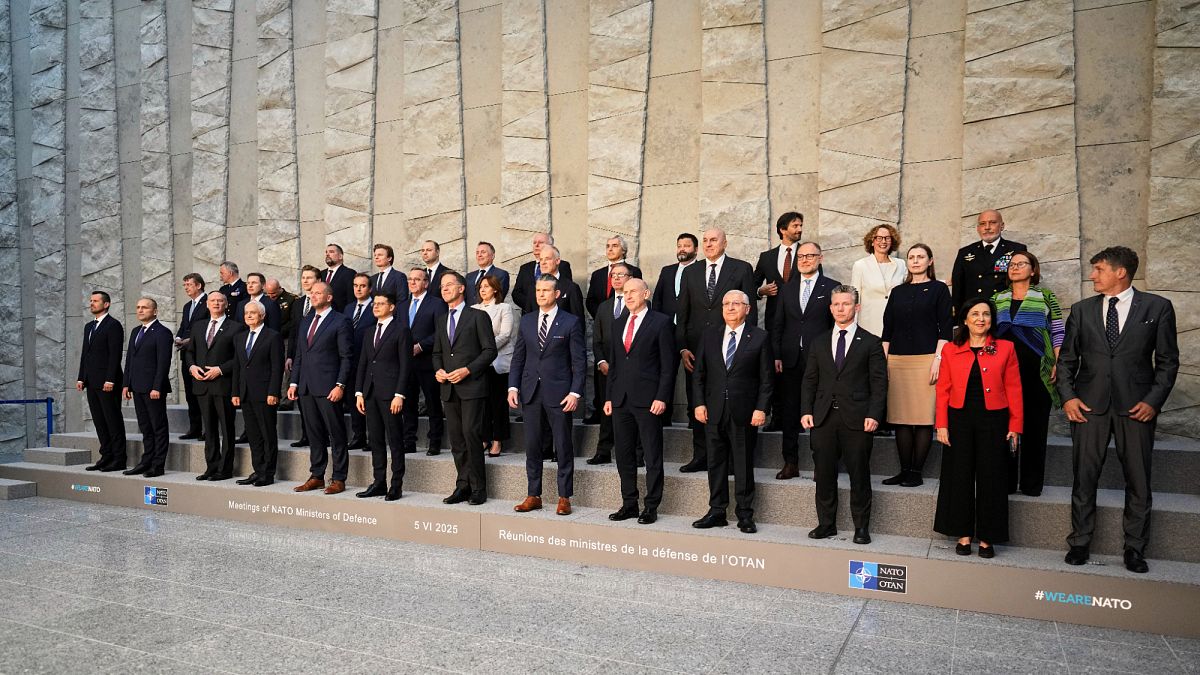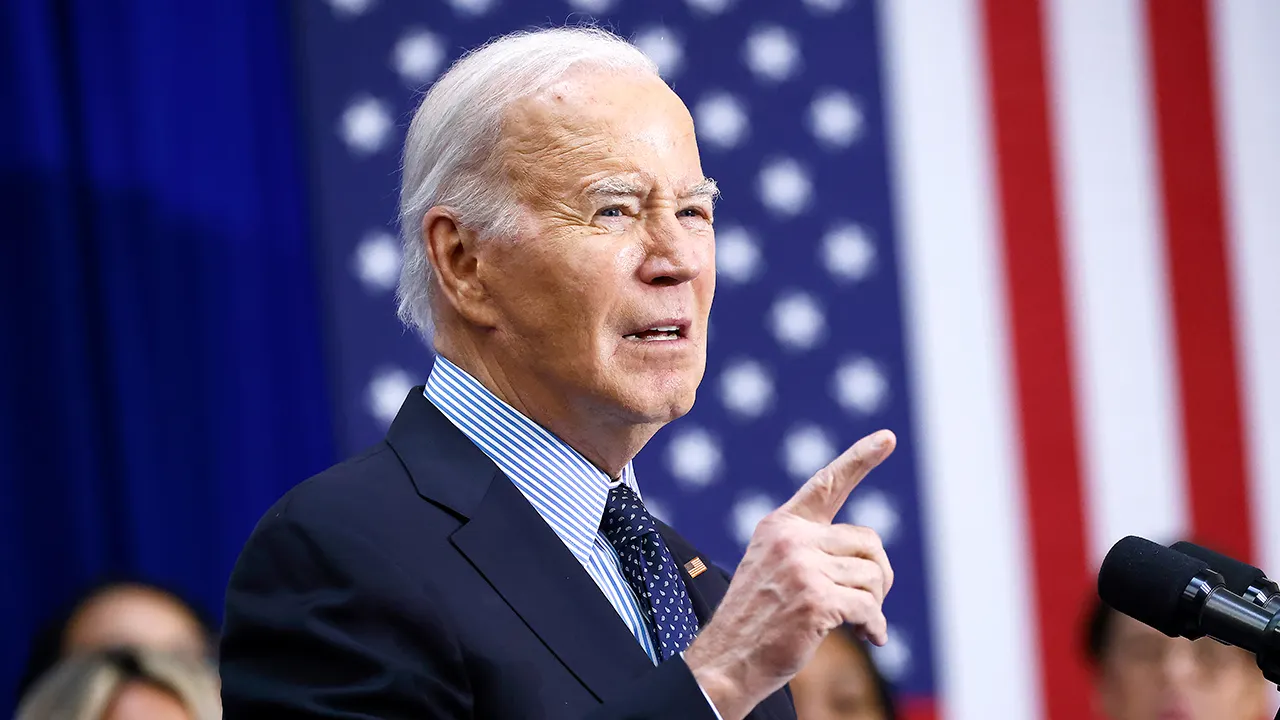Over the course of the two-year budget, the West Hartford state delegation reports that the state budget will deliver an estimated $7 million more in municipal aid to the town.
By Ronni Newton
Connecticut’s $55.8 billion budget is headed to the desk of Gov. Ned Lamont for signature after being approved by the legislature this week, and included in that budget is additional mutual aid for the Town of West Hartford.
The Senate passed the budget late Tuesday night, in a 25-11 party-line vote with West Hartford state Sen. Derek Slap voting in favor of it. Late Monday, the State House passed the budget, on a mostly-party-line vote, with West Hartford Reps. Jillian Gilchrest, Tammy Exum, Kate Farrar, James Sánchez and Bobby Gibson, all giving their approval to the plan.
“West Hartford has some of the greatest schools and services in Connecticut, and the new state budget will help ensure that they can be maintained without breaking the bank,” said the delegation in a joint statement. “We regularly hear from residents that they love living in West Hartford, but they’re concerned about affordability. We get it. West Hartford is now set to receive one of the largest increases to special education funding among all the municipalities in the state. The additional investments help students, educators, and of course taxpayers.”
Included in the state’s biennial budget is an overall $40 million per year boost to the fund that reimburses municipalities for excess costs related to special education, with West Hartford expected to receive a share of roughly $1.5 million each year from the state. While the governor’s original budget proposal included greater funding for excess cost reimbursement in FY27, it had kept funding flat for FY26.
The shortfall in excess cost reimbursement from the state has been an issue under discussion between legislators and the governor, and in February the West Hartford delegation pushed for a statewide injection of $40 million into the fund in the current fiscal year to address a significant shortfall that arose due to rising costs, that would have left the town with a large revenue deficit to fill.
The delegation continued to lobby for that extra $40 million to also be provided in FY26, and by the time the West Hartford Town Council adopted its FY26 budget in April, Town Manager Rick Ledwith felt fairly certain it would come through. Ledwith said at the time that if the state did not increase the excess cost reimbursement funding, he would have to return to the Town Council and look to have the town and school district each cut roughly $700,000 from their budgets.
“We’re happy with the excess cost reimbursement money,” Ledwith told We-Ha.com on Wednesday.
In addition to securing the excess cost reimbursement funding, the state is creating a new Special Education and Expansion Development (SEED) Grant of $30 million, and West Hartford is slated to receive an additional $314,782 in each FY26 and FY27 as its share of that fund, which is intended to promote the development of programming to serve special education students closer to home.
Those funds were not anticipated in the town’s adopted budget.
“I want to thank our delegation for their hard work and advocacy throughout the budget process,” Mayor Shari Cantor said in a statement. “The aid provided to West Hartford will serve our residents well, supporting vital services and helping us invest in the future of our community. I am especially grateful for the state’s commitment to special education funding. These resources will go a long way in supporting our students, families, and teachers, ensuring that every child has the opportunity to succeed.”
The delegation praised their partnership with town leaders. “We are grateful for the leadership of Mayor Cantor, the entire town council, and the board of education,” said the statement from the West Hartford delegation. “Their partnership is critical as we coordinate priorities and deliver much-deserved resources to our special town.”
According to the state delegation, the West Hartford will receive:
- $25,567,128 in Education Cost Sharing (ECS), a 1.92% increase from the previous budget
- $6,691,291 each year in motor vehicle reimbursement rates, an increase of 13.91%. In 2022 legislators passed a cap on the amount that a municipality can levy a motor vehicle tax, and the state provides a reimbursement for a portion of that lost revenue.
- $921,373 in each year for Town Aid Road (TAR), a 33.33% increase from the previous budget
- $805,784 in Municipal Grants-in-Aid, no change from the previous budget
- $677,699 in Local Capital Improvements (LoCIP), no change from the previous budget
- An additional $400,000 each year from the Supplemental Revenue Sharing Grant
- $155,785 in Payment in Lieu of Taxes (PILOT) in each year of the budget
- $27,820 in each year from the Mashantucket Pequot & Mohegan Fund Grant, no change from the previous budget
Other provisions in the budget, according to the delegation, include “investment in early childhood education, targeted tax relief and more while remaining under the spending cap and projects state surpluses.” Those provisions include:
- A $250 tax refund for lower-income working families Earned Income Tax Credit program, which will benefit as many as 195,000 households
- Up to $300 million into a newly created fund for birth to five early childhood education to create additional slots, cap costs for families and pay educators more
- Projected state surpluses and continued investment in the state’s Rainy Day Fund
- Investing $76 million in nonprofits in the second year of the budget to support worker wages
- Tax credits supporting refundable personal income tax credits for home daycare owners
- Fully funding Medicaid, with more than $400 million in increased funding to support the program 900,000 Connecticut residents rely on
- Investing $7 million in Connecticut Foodshare, helping feed hungry Connecticut families
- Investing $3 million in heating assistance as federal programs may see funding reductions
Like what you see here? Click here to subscribe to We-Ha’s newsletter so you’ll always be in the know about what’s happening in West Hartford! Click the blue button below to become a supporter of We-Ha.com and our efforts to continue producing quality journalism.


